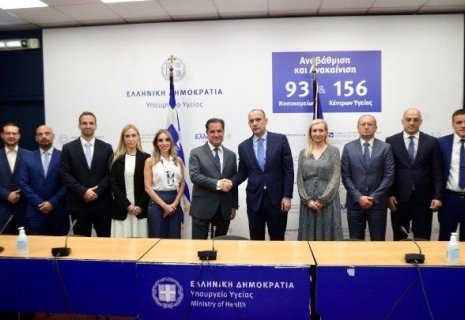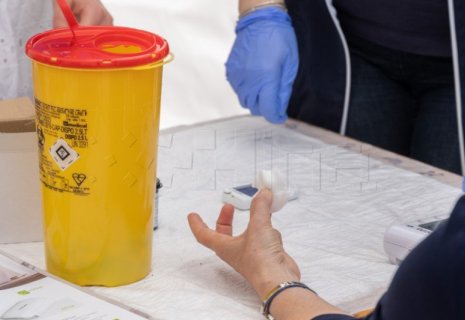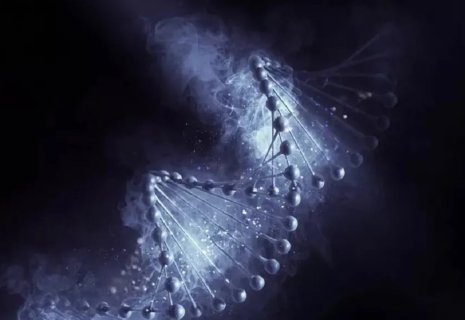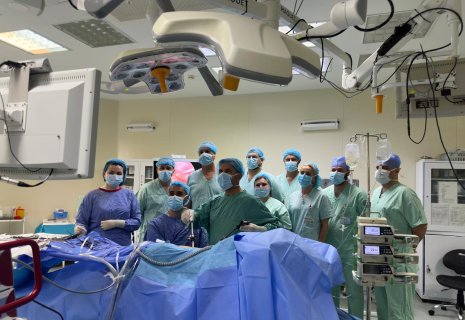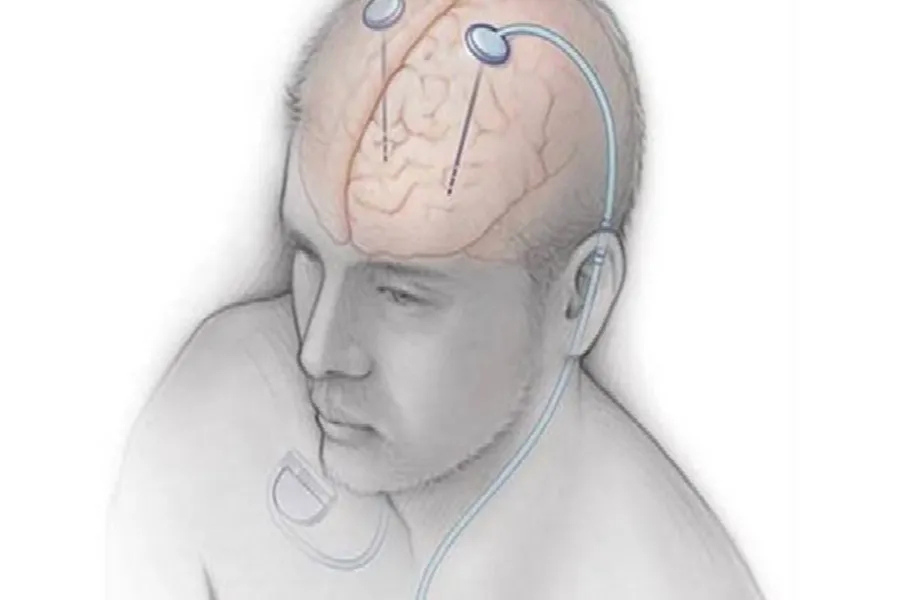
Parkinson’s research advances with magnetic technique to reconnect neurons
Cutting connections between brain cells is a key problem in a number of neurodegenerative diseases, including Parkinson's, CE Report quotes Kosova Press.
Scientists have now presented an innovative way to repair neuronal connections in the brain, offering new hope for patients, writes Science Alert.
A team led by biologist Sara De Vincentiis from the University of Pisa used lab-grown mini-brains to test a technique called 'nano-traction'.
The method uses tiny magnetic particles controlled by magnetic fields to guide axons, or connecting nerve fibers, and encourage them to reconnect,
Researchers believe that this approach, with further development, could help restore the nigrostriatal pathway - a key link in motor control that is impaired in people with Parkinson's disease.
"This study demonstrates the potential of nanotracing as a novel technique to promote targeted regeneration of neural connections within the central nervous system," the scientists write in their paper.
Parkinson's is caused in part by damage to the brain cells that produce dopamine. While transplants of dopamine-producing tissue have shown some success, the new cells often have difficulty attaching to existing brain tissue. Gentle 'tug' with magnetic particles could solve this problem and bring us one step closer to effective therapies.
Tests showed that 'nano-pulling' successfully increased the length of axons and guided them in the right direction. The technique also made the cells more stable and encouraged the formation of more axon branches and synaptic vesicles, which are essential for building neural connections.
Although there is still no cure for Parkinson's disease, science is increasingly understanding its causes and risk factors.
"Parkinson's is the second most common age-related neurodegenerative disease globally," the researchers point out, adding that the number of those affected has doubled in the last 25 years, with alarming predictions predicting 13 million patients by 2040.


